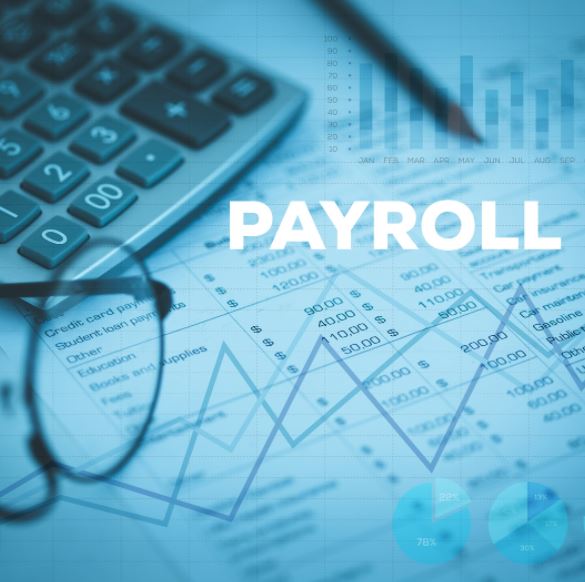Do your staff have excess annual leave balances or are they asking to cash out a portion of their annual leave? For most of your people, there will be an ability to cash out a portion of their leave, albeit with some restrictions. Keep reading for what you should know regarding common rules, directing employees to take leave, leave planning and payroll considerations.
Common rules for cashing out leave
If the employee has an underpinning Award to their role, you must review the award to check that cashing out leave is explicitly allowed and if so any additional requirements beyond what is outlined below.
For non-award employees you may create an agreement to cash out up to two weeks of annual leave provided the conditions below are also met.
- The leave must be paid at the same rate as if the employee takes the leave. This also includes leave loading if it applies.
- Superannuation is payable on cashed out annual leave paid during the normal course of employment.
- The employee must have at least four weeks of annual leave accrual left available after cashing out the portion of their annual leave.
- Cashing out annual leave is capped at no more than two weeks per year.
- While leave accrues as usual when an employee takes annual leave, it does not accrue on cashed out leave.
- You and the employee must have the agreement to cash out leave in writing. It must state the number of hours being paid, the total amount in dollars and when you will pay it.
- Remember to check your underpinning award first and keep all records and calculations.
Directing employees to take excess leave
You are not able to force an employee to cash out leave, but you can ask an employee to take excessive leave balances in some circumstances.
If you have employees with large annual leave accrual balances, check your award for guidance. For example, some awards allow an employer to direct an employee to take one week or more of leave if they have more than eight weeks accrued, give at least six weeks’ notice, and ensure at least six weeks of annual leave entitlement remains.
Encourage leave planning
For those employees with greater than eight weeks of annual leave accruals you can discuss with your staff member the level of their balance and ask them to ensure over the coming 12 months that the balance does not get any greater. This will mean that if you employee is full time and accrues 4 weeks of annual leave per year, they will need to submit a plan to take at least 4 weeks of annual leave over the coming year.
Payroll considerations
Depending on the payroll software you use, processing your cashed out leave through payroll may be done slightly different.
- In your payroll system you should be able to create a leave request and select “cash out leave”.
- The cashed out leave amount is taxed at the Schedule 5 rate. (generally at 47%)
- Do you normally pay out Leave Loading or is Leave Loading packaged up in the employees salary? Ensure your Payroll system is flagged to calculate tax and superannuation appropriately
- The ATO reporting category for this transaction in payroll is Type C – Cash out of leave in service.
Remember, annual leave is paid out when an employee leaves your business at their current pay rate. It is good business practice to keep an eye on how much is owing and not let too much accrue. From a health and wellbeing perspective it is also important that employees take regular breaks from the business.
If you need to know more, please contact DFK Gooding Partners on +61 8 9327 1777 or info@dfkgpca.com.au or visit there website here







